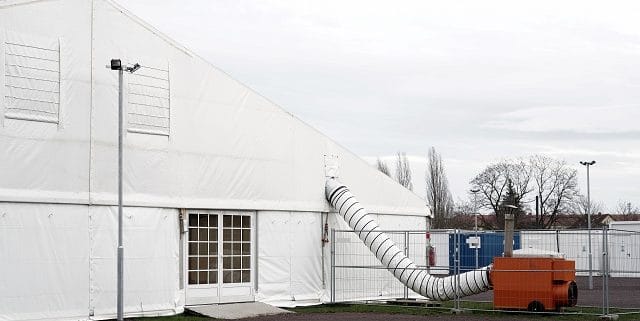Temporary Heating
In this type of weather, I think everyone’s favourite name is Herman Nelson (in case you don’t know that name, it’s a type of temporary heater commonly used on work sites) or any other heater for that matter. As much as these machines make working in the frigid conditions, bearable… They also have hazards of their own. Here are a few tips to help keep temporary heaters nice and toasty and not a bigger menace in the cold.
There are many types of temporary heating, such as electric, propane,and kerosene, but most commonly used on site are gas or diesel-powered. Know what kind you are using. Always inspect your heater before every use. Even if you used it yesterday, give it a once over. Things can change quickly in freezing temperatures and it only takes a minute. Make sure everything is running smoothly before you begin your day’s work. Check your fuel level and that all connections are secure. Heaters must be placed away from any ignition sources, such as grinding and welding. Be sure the heater is placed where it has clean fresh air, otherwise it could be pumping carbon monoxide into your workspace. Also, be sure to direct the exhaust emissions away from other workers and enclosed spaces.
It only takes an extra couple of minutes in the cold to ensure your temporary heater is working just the way it’s supposed to. Those measly couple of minutes in the cold are totally worth it when you get an entire day of work all nice and warm and you can pretend we don’t live in the Ice age.



